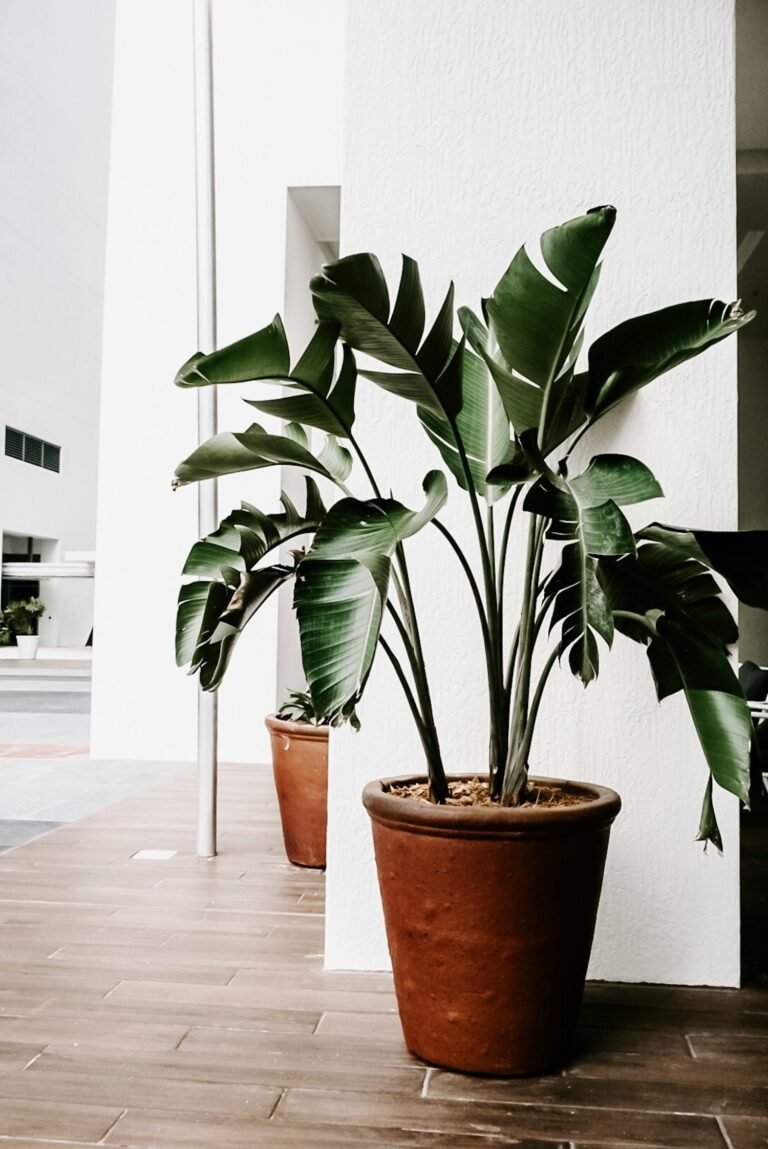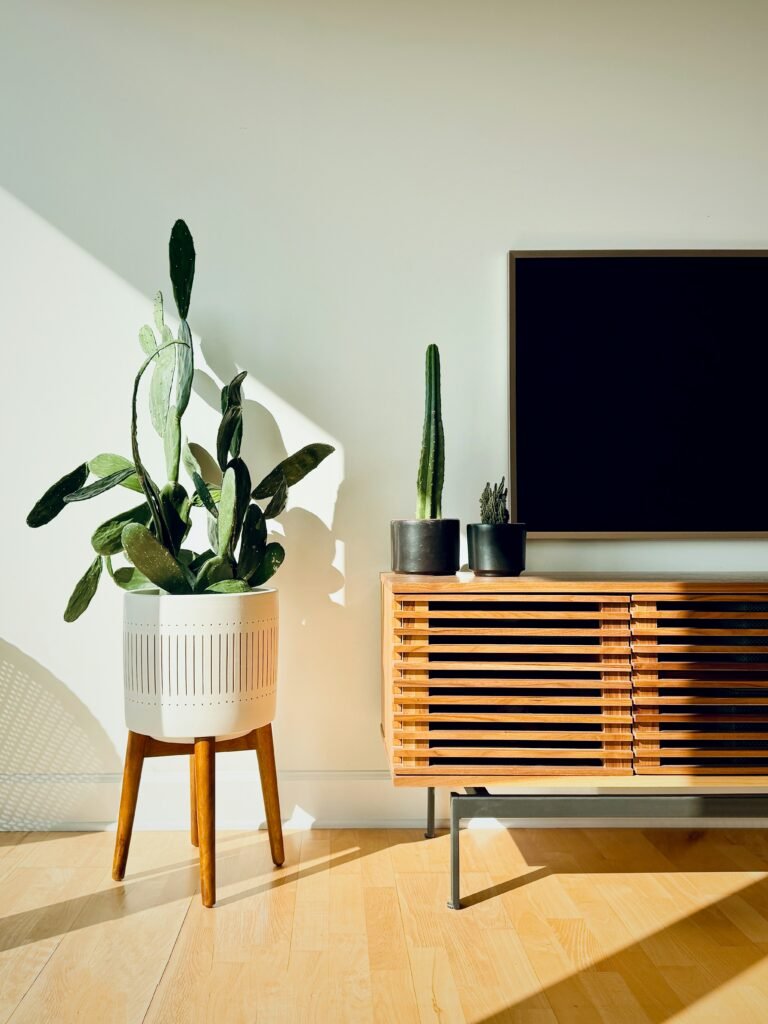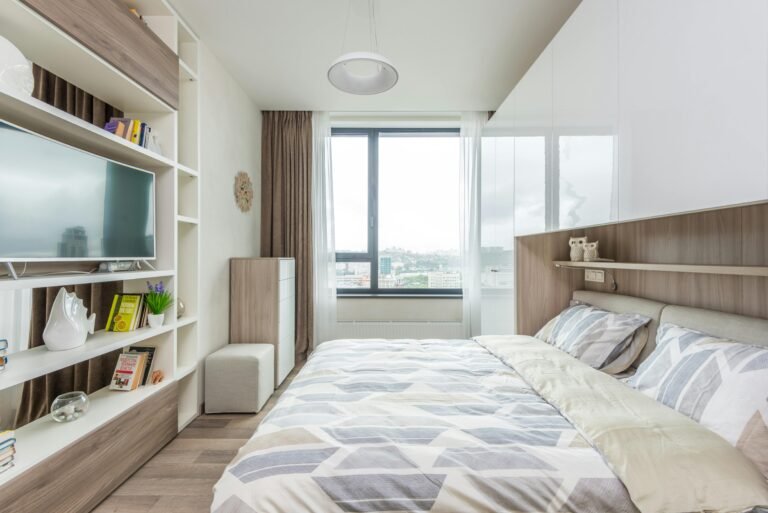Love gardening? Discover how container gardening can transform even the smallest space into a green haven. Experts from the Royal Horticultural Society note that container gardening is ideal for busy urban dwellers.
If you have a small balcony, patio, or sunny windowsill, container gardening is a simple and smart solution. This guide gives you tips, tricks, and inspiration to build your own garden oasis.
Why Choose Container Gardening?
Container gardening is popular for many reasons:
Flexibility
- Move your containers for better sun or protection
- Garden on balconies, rooftops, or indoors
- Change positions as the seasons shift
Space Efficiency
- Make the most of limited space
- Use vertical gardening to fill wall areas
- Ideal for city living or rental homes
Pest and Disease Management
- Control soil quality easily
- Lower the risk of soil diseases
- Isolate plants from pests when needed
Accessibility
- Perfect for gardeners with limited mobility
- Work at a comfortable height
- No heavy yard work required
Pro Tip: Begin with a few containers and expand as you learn each plant’s needs.
Choosing the Right Containers
Select the best container to help your garden thrive:
Size Matters
- Pick a container with enough room for roots
- Larger containers hold moisture longer
- Match the container size to the plant’s mature size
Material Options
- Terracotta: Porous with a classic look but may dry out fast
- Plastic: Lightweight and affordable while keeping moisture
- Ceramic: Attractive and offers good insulation, though it can be heavy
- Wood: Gives a natural look but may rot over time
- Metal: Durable and modern but can warm up in direct sun
Drainage is Key
- Make sure the container has drainage holes
- Elevate containers with pot feet for better drainage
Pro Tip: Use old boots, colanders, or wooden crates as unique and eco-friendly planters.
Soil and Fertilizer: The Foundation of Healthy Plants
Good soil and fertilizer make plants strong:
Potting Mix vs. Garden Soil
- Use a potting mix made for containers
- Avoid garden soil because it can compact and hold poor drainage
Components of a Good Potting Mix
- Peat moss or coco coir for moisture retention
- Perlite or vermiculite for air flow
- Composted bark for structure and nutrients
Fertilizing Container Plants
- Begin with a balanced, slow-release fertilizer
- Add liquid fertilizer during the growing season
- Avoid too much fertilizer to keep plants safe
Pro Tip: Mix equal parts peat moss, compost, and perlite to create your own potting mix.
Choosing Plants for Your Container Garden
Select the best plants by keeping these points in mind:
Light Requirements
- Full sun plants need 6 or more hours of direct sun
- Partial sun/shade plants need 3 to 6 hours of sun
- Full shade plants need less than 3 hours of sun
Plant Combinations
- Thriller: A tall, eye-catching plant
- Filler: Medium plants to add body
- Spiller: Trailing plants to cascade over edges
Popular Container Plants
Flowers
- Petunias
- Marigolds
- Geraniums
- Pansies
Herbs
- Basil
- Rosemary
- Mint
- Thyme
Vegetables
- Cherry tomatoes
- Peppers
- Lettuce and spinach
- Bush beans
Succulents
- Echeveria
- Sedum
- Burro’s tail
- Jade plant
Pro Tip: Group plants with similar water and light needs to make care easier.
Watering Techniques for Container Gardens
Water your plants well with these simple tips:
Watering Frequency
- Check soil moisture each day in hot weather
- Water when the top inch feels dry
Watering Methods
- Water at the base to keep leaves dry
- Use a watering can with a long spout for accuracy
- Consider self-watering containers or drip systems
Signs of Improper Watering
- Overwatering: Yellow leaves and mold on soil
- Underwatering: Wilting and crispy leaf edges
Pro Tip: Add a layer of mulch to hold moisture and keep soil cool.
Maximizing Space: Vertical Gardening Techniques
Use vertical gardening to boost your space:
Wall-Mounted Planters
- Hang pocket planters or wall containers
- Ideal for herbs, succulents, or trailing flowers
Tiered Plant Stands
- Create multi-level displays to save floor space
- Works well on balconies or small patios
Trellises and Supports
- Grow vining plants like peas or beans
- Use decorative obelisks or old ladders as supports
Living Walls
- Build a modular wall garden for a lush backdrop
- Great for ferns, bromeliads, or shade-loving plants
Pro Tip: Turn an old shoe organizer into a vertical planter by filling each pocket with soil and plants.
Seasonal Care and Maintenance
Keep your container garden healthy all year with these seasonal tips:
Spring
- Clean and disinfect your containers
- Refresh the potting soil
- Plant warm-season annuals and vegetables
Summer
- Watch water levels closely
- Provide shade for sun-sensitive plants
- Remove faded blooms to keep flowers blooming
Fall
- Plant cool-season vegetables and flowers
- Move tender perennials indoors before frost
- Clean up dead leaves to stop disease
Winter
- Protect containers from freezing
- Water less as plants rest during dormancy
- Plan your garden for the next season
Pro Tip: Insulate outdoor containers with frost cloth or bubble wrap and group them in a protected spot.
Troubleshooting Common Container Gardening Issues
Even skilled gardeners face problems. Here are some quick fixes:
Pest Control
- Check plants often for pests
- Use neem oil or insecticidal soap
- Add ladybugs for natural pest control
Disease Prevention
- Ensure plants have good air flow
- Avoid water on leaves to stop fungus
- Remove sick plants quickly
Nutrient Deficiencies
- Yellow leaves can mean low nitrogen
- Purple hints on leaves may show a phosphorus lack
- Use a balanced fertilizer when needed
Pro Tip: Keep a simple gardening journal to note what works and what needs change.
Container Gardening for Edibles
You can grow food in small spaces too:
Herbs
- Great for kitchen windowsills and balconies
- Plant perennials like rosemary and thyme together
- Keep mint in its own container to avoid spreading
Salad Greens
- Harvest leaves repeatedly from cut-and-come-again types
- Use wide, shallow containers for best yield
- Plant new seeds every few weeks for a constant supply
Dwarf Fruit Trees
- Choose self-pollinating trees for simplicity
- Use a container with 15 to 20 gallons of space
- Prune regularly to keep the tree small and healthy
Pro Tip: Try a pizza garden in a large container with tomatoes, basil, oregano, and peppers for a fun project that provides fresh ingredients.
Eco-Friendly Container Gardening Practices
Make your garden kind to nature:
Water Conservation
- Collect rainwater with a rain barrel
- Add water-absorbing crystals to your soil
- Group plants with similar water needs together
Composting
- Start a small compost bin for kitchen scraps
- Use compost tea to feed your plants naturally
Upcycling
- Repurpose old household items as planters
- Use biodegradable pots for starting seedlings
- Recycle plastic containers when done
Conclusion: Your Personal Oasis Awaits
Container gardening gives you the power to create a green space anywhere. Follow these simple steps and let your garden come to life:
- Pick the right containers and soil
- Choose plants that suit your light and space
- Water and feed regularly
- Use vertical space smartly
- Adjust care with each season
- Address issues early
- Experiment with edibles and green methods
Your container garden will grow into a beautiful oasis of flowers, green leaves, and fresh produce. Enjoy every step of your gardening journey!
Ready to start your container garden adventure? Visit this planter bed and begin growing today.
As an Amazon Associate, I earn from qualifying purchases.
FAQ on Container Gardening
- What is container gardening?
- Container gardening is growing plants in pots or containers instead of in the ground. It is perfect for small spaces.
- How often should I water my container garden?
- Water when the top inch of soil feels dry. In hot weather, you may need to water daily.
- Which container is best for beginners?
- Plastic containers are light, affordable, and hold moisture well, making them a great choice.
- Can I grow vegetables in containers?
- Yes, you can grow vegetables like tomatoes, peppers, and greens in containers with proper care.
Explore this topic: Garden
Last updated on August 7, 2025








